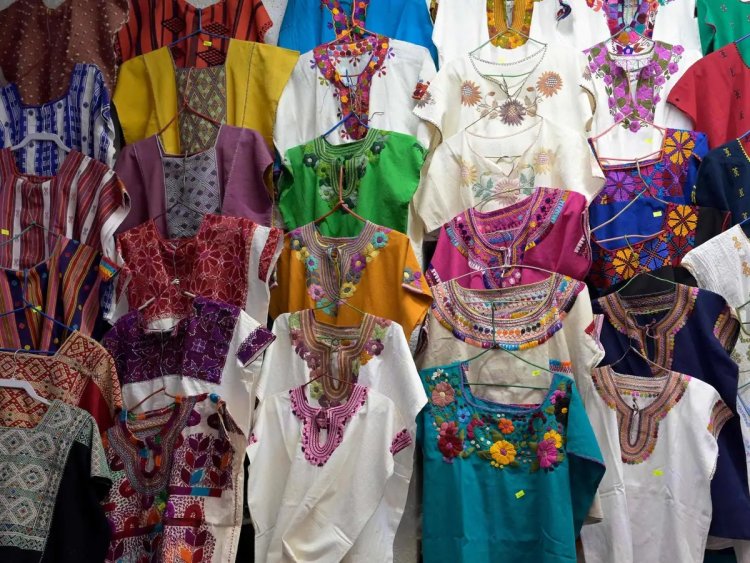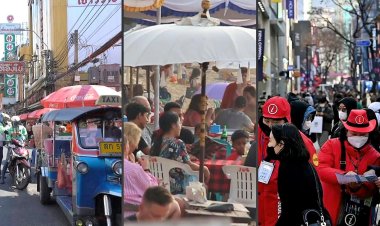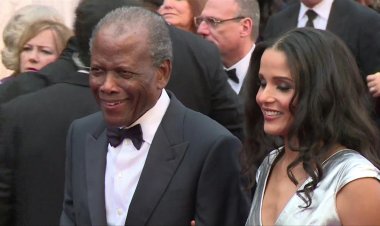Mexico's Indigenous Garments in Election Spotlight

After years of fighting for greater recognition, Mexico's Indigenous weavers have seen their creations thrust into the spotlight by the two women leading the country's presidential race.
The brightly colored, elaborately embroidered garments handcrafted by generations of artisans have long enchanted visitors to Mexico -- including international designers whose use of the motifs have sparked accusations of plagiarism.
Now an aficionado of the Indigenous designs is almost certain to become Mexico's first woman president, although the prominence of the traditional garments on the campaign trail has generated mixed feelings among their creators.
"It's important that they don't just wear them as a costume or to attract attention," said Trinidad Gonzalez, 55, a weaver in the community of El Mejay in Hidalgo state in central Mexico.
Opposition candidate Xochitl Galvez, an outspoken businesswoman and senator of Indigenous origin, has worn the traditional garments since entering politics more than two decades ago.
Claudia Sheinbaum, the former Mexico City mayor who is representing the ruling party and is leading the election race, has also worn Indigenous designs during her campaign, including at its launch.
As a senator, Galvez promoted the adoption of the Day of the Huipil, held on March 7 in recognition of the traditional embroidered blouse.
"Never haggle over the price of a huipil with an Indigenous woman," the politician said in one of her videos, in which she showed her traditional blouses, some made of silk that would cost up to $5,000.
While several major foreign clothing brands have been accused by Mexico of cultural appropriation for their Indigenous-inspired designs, Turok said she did not view the candidates' use of the huipil in the same way.
The election fashion parade has brought new customers into Alfonso Giron's store in Mexico City.















